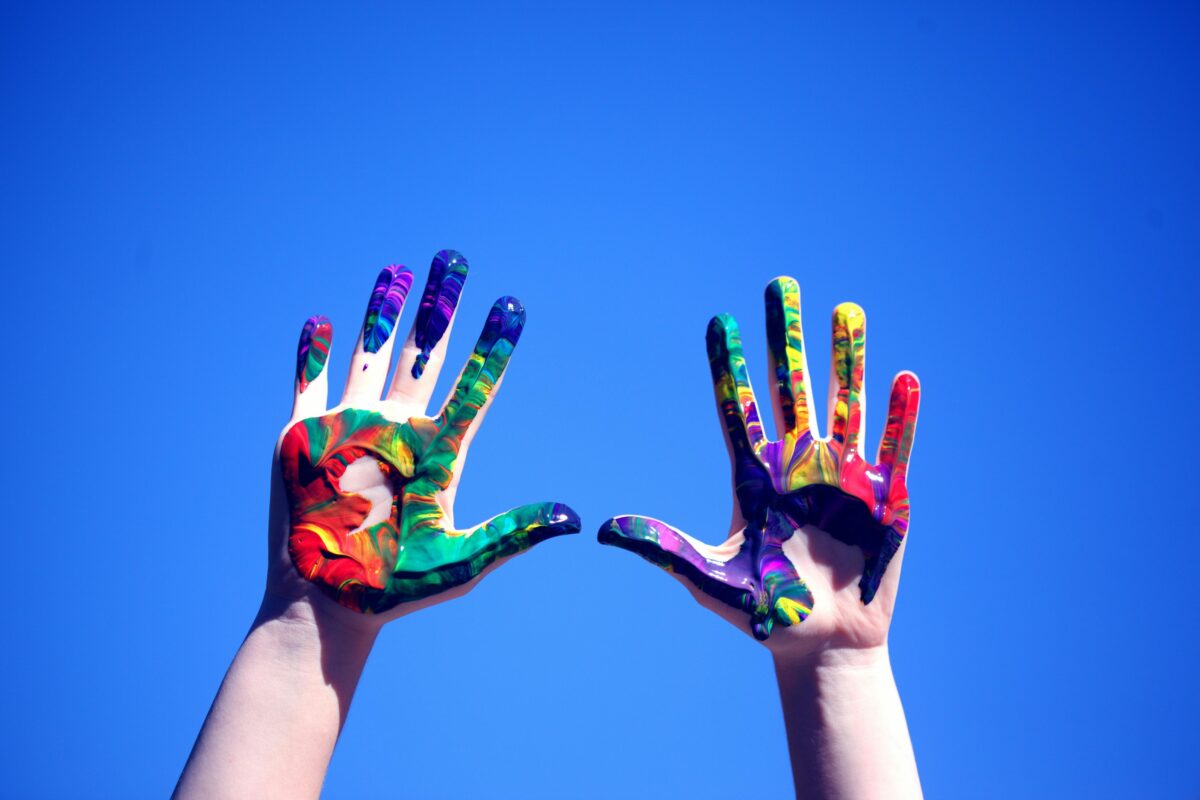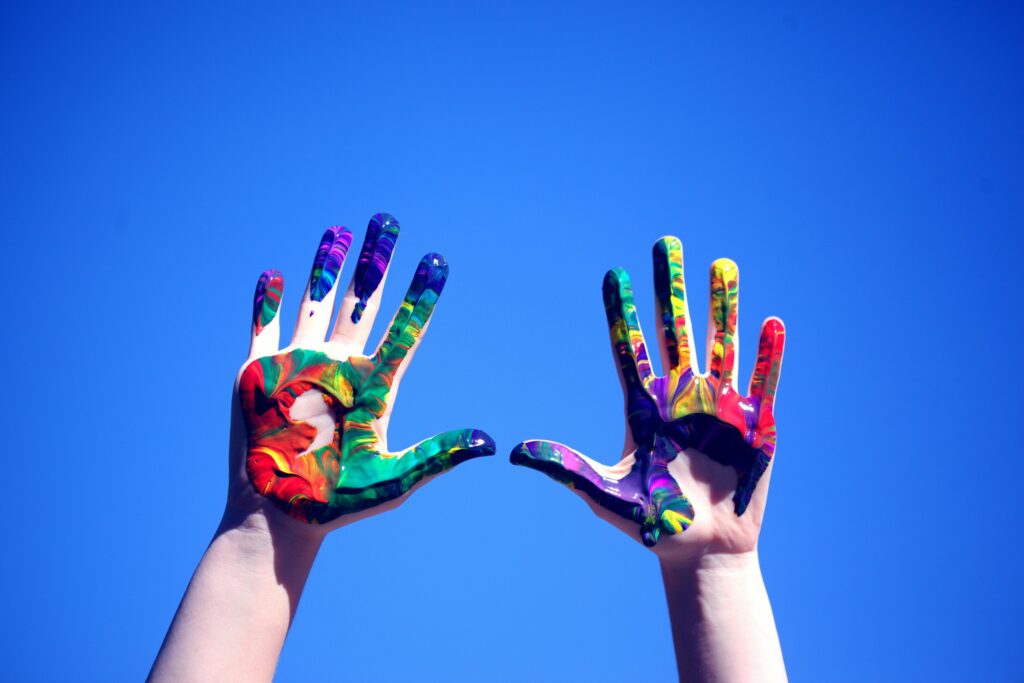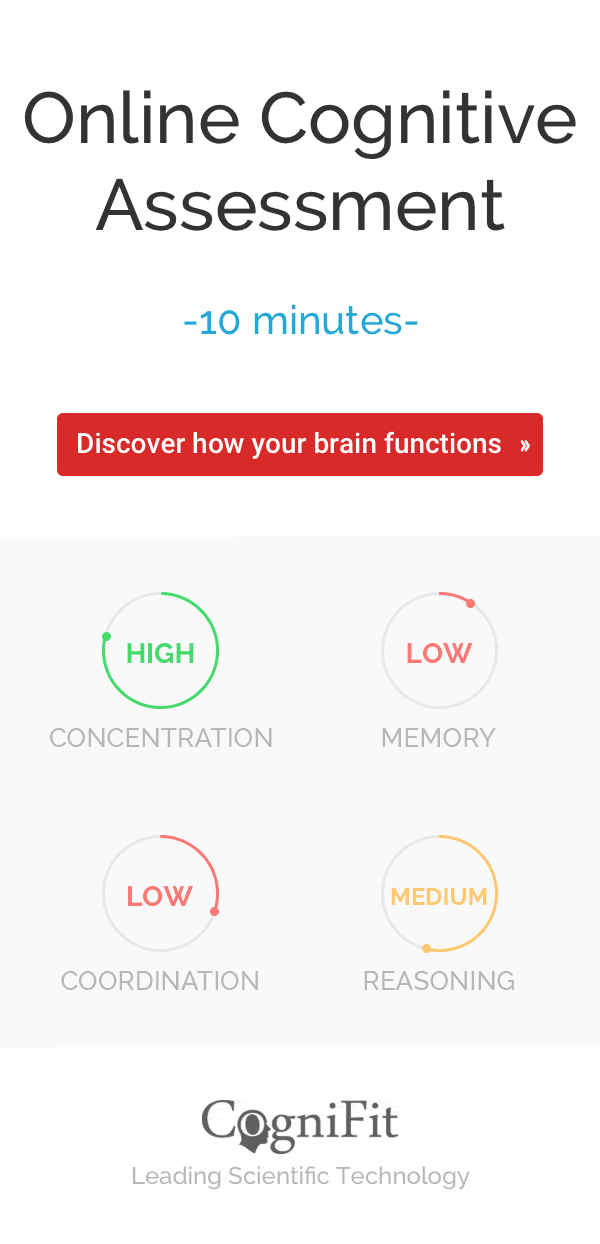
Do Colours Make Us Feel? A 128-Year Review Confirms Global Emotional Links to Colour
A new systematic review of psychological studies conducted over more than a century has confirmed that colour-emotion associations are both real and consistent across cultures. Researchers from the University of Lausanne have examined 132 peer-reviewed articles published between 1895 and 2022, involving over 42,000 participants from 64 countries. Their findings indicate that humans associate specific colours with particular emotional states in systematic ways. Light colours like yellow and white are commonly linked to joy and calmness, while darker tones like black and grey tend to evoke sadness or fear. These insights could inform future applications in marketing, design, healthcare, and digital user experience.

Note: This article is intended for general information and educational purposes. It summarizes scientific research in accessible language for a broad audience and is not an official scientific press release.
Colour and Emotion: What 128 Years of Research Reveals
This systematic review was conducted by Domicele Jonauskaite and Christine Mohr from the Institute of Psychology at the University of Lausanne, Switzerland. The study was published in Psychonomic Bulletin & Review in 2025.
Using the PRISMA 2020 (Preferred Reporting Items for Systematic Reviews and Meta-Analyses) guidelines for systematic reviews, the researchers compiled and analysed 132 peer-reviewed empirical articles in English that investigated the link between colours and emotions. These studies included over 42,266 adult participants from 64 countries, primarily using either visual stimuli (colour patches, walls, clothes, etc.) or verbal labels (colour terms) to study associations.
The team excluded studies focusing on children, clinical populations, or biological mechanisms of colour vision. Only context-free, general emotion associations with colour were considered.
Articles were analysed by:
- Sample size and demographics
- Colour presentation method (visual or verbal)
- Emotion assessment method (dimensional or discrete terms)
- Cross-cultural comparisons
- The nature and strength of colour-emotion correspondences
What’s Innovative About This Review?
This is the first comprehensive, up-to-date systematic review that aggregates findings from more than a century of psychological research. Unlike previous fragmented reviews or single-country studies, this analysis:
- Covers a global sample across multiple decades.
- Applies modern meta-analysis criteria (PRISMA 2020).
- Separates studies by methodology to assess consistency.
- Reveals a many-to-many mapping between colours and emotions.
- Highlights not just associations but their emotional dimensions: valence (positive/negative), arousal (high/low), and power (empowering/disempowering).
Key Findings: How Colours Consistently Map to Emotions
1. Light vs. Dark Colours: Emotional Polarity
Light and bright colours such as white, yellow, and pink are systematically linked to positive emotions like happiness, hope, calmness, and love. On the other hand, dark tones such as black, grey, and brown often evoke negative emotions like sadness, fear, or even hostility.
Example: Yellow was linked to joy and cheerfulness in over 90% of the studies that examined it, while black was associated with anger, fear, and grief.
2. Red: The Emotional Powerhouse
Red stood out as a colour of high emotional intensity, showing strong links to both positive and negative high-arousal emotions. It was frequently associated with passion, love, power, and excitement, but also with anger, danger, and hostility.
Example: In 73% of studies, red was associated with anger; in others, it also evoked excitement and romance.
3. Warm Colours Energise: Yellow, Orange, and Red
Warm colours like yellow and orange consistently triggered high-arousal, positive feelings such as joy, enthusiasm, and amusement. These colours were described as stimulating and uplifting across cultures.
Example: Orange was often linked with fun, excitement, and amusement — especially in younger populations and Western samples.
4. Cool Colours Calm: Green, Blue, and Green–Blue
Cool tones were most frequently associated with low-arousal, positive emotions. Green, blue, and turquoise hues evoked feelings of relaxation, peacefulness, contentment, and security. However, blue also had an occasional association with sadness, making it slightly ambivalent.
Example: Blue was reported as calming in 47.5% of studies, but linked to sadness in over half the cases as well.
5. Purple and Pink: Unique Positive Associations
Pink emerged as a strongly positive colour, often tied to love, affection, joy, and comfort. Purple had a more complex emotional profile—linked to empowerment, pride, creativity, and occasionally, sadness or fear.
Example: Pink was associated with love in nearly 70% of studies examining it, while purple was described as dignified and emotionally potent.
6. Grey and Brown: Low Arousal, Negative States
These two colours showed consistent associations with low-energy, unpleasant emotional states. Grey was linked to boredom, fatigue, depression, and emotional numbness. Brown evoked disgust and gloominess.
Example: Grey was associated with sadness or apathy in more than 60% of relevant studies.
7. White: Clean, Hopeful, and Peaceful
While often overlooked, white consistently appeared in studies as a symbol of calmness, safety, and hope. It was also associated with clarity and low-arousal positive states.
Example: White was among the most consistently positive colours in cross-cultural comparisons, particularly in Europe and Asia.

How Colours May Influence Attention, Memory, and Emotional Regulation
While the review focused on emotional associations, it has strong implications for cognitive environments, including learning spaces, workplaces, and therapeutic settings. The psychological impact of colour may extend beyond mood to influence attention, memory, problem-solving, and decision-making.
Recent studies suggest that certain colours may help improve aspects of cognitive performance and emotional regulation:
- Red may help increase alertness and focus during tasks that require attention to detail.
- Blue and green are often associated with improved creative thinking and calm concentration, making them suitable for educational or work environments.
- Yellow might support enhanced mood and motivation, potentially aiding sustained effort in learning contexts.
- White and light pastel tones may help regulate emotional arousal in overstimulating environments.
These insights align with emerging findings in chromotherapy, behavioural design, and environmental psychology, suggesting that colour can be a subtle but valuable tool for shaping cognitive and emotional experiences. colour is a subtle but impactful tool for cognitive and emotional regulation.
Why This Research Matters: Real-World Impact Across Design, Health, and Communication
The findings from this 128-year review are more than academic—they have tangible value for industries that shape our everyday environments. From hospitals and schools to brand campaigns and smartphone apps, understanding how colour influences emotion can lead to smarter, more human-centered design.
Healthcare and Mental Well-being
Colour is increasingly used in therapeutic settings to help reduce anxiety, improve mood, and create calming environments. Insights from this review may also inform applications in neuroscience, particularly in the development of tools for emotional self-regulation, mindfulness-based interventions, cognitive training programs, and cognitive games. Digital platforms targeting attention, memory, or stress reduction could benefit from incorporating colour schemes that support specific emotional or cognitive states.
For example, soothing greens and blues are commonly used in hospitals to promote relaxation, while warm tones such as yellow or orange may aid patient motivation and recovery in mental health clinics.
Education and Cognitive Environments
Educators and school designers can harness colour to support student engagement and emotional regulation. Classrooms painted in light blue or yellow may encourage focus and positivity, potentially improving learning outcomes.
Workplace and Productivity
Workspaces that consider colour psychology can enhance employee well-being and efficiency. Blue tones may promote calm concentration, while strategic use of red can sharpen alertness in high-focus areas.
Marketing and User Experience
Brands use colour to influence consumer emotions and decisions. This review strengthens the rationale behind using red for urgency, blue for trust, and green for balance or sustainability.
Cross-Cultural Product Design
Because many colour–emotion links are consistent across countries, designers of global products can rely on shared associations to communicate more effectively, while still accounting for local variations.
In short, the study confirms that colour is not just an aesthetic choice—it’s a psychological tool with wide-reaching implications for how we live, learn, heal, and connect.
The systematic review led by Jonauskaite and Mohr confirms that humans consistently associate colours with emotions, and these associations are deeply embedded across cultures and time. While more research is needed to understand the causal effects of colours on lived emotional experience, this foundational work supports the idea that colours are powerful tools for emotional communication. For professionals in design, psychology, or education, the message is clear: when you pick a colour, you’re also shaping how people feel.
Source: Jonauskaite, D., & Mohr, C. (2025). Do we feel colours? A systematic review of 128 years of psychological research linking colours and emotions. Psychonomic Bulletin & Review. https://doi.org/10.3758/s13423-024-02615-z
The information in this article is provided for informational purposes only and is not medical advice. For medical advice, please consult your doctor.













